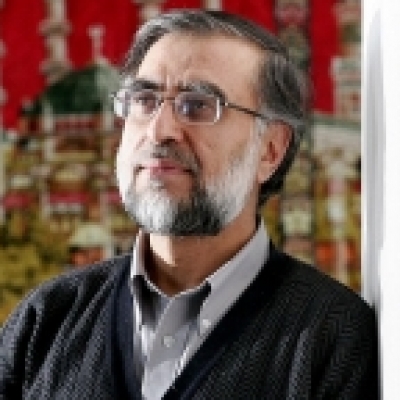



 Zafar Bangash
Zafar BangashGiven the widespread environment of Islamophobia in the west, the ruling by Canada’s Supreme Court to allow niqab in courts while women testify is a landmark decision with far-reaching implications.
Nothing riles the Islamophobes more than the sight of a free woman in niqab. It goes against the holy grail of freedom under which a woman is free to bare but not cover. The niqab makes a bold statement against this prevailing attitude making Islamophobes seethe with anger spouting venom. Thus, when the Supreme Court of Canada ruled in a 4-2-1 decision on December 20 that niqab is permitted in Canadian courts, albeit on a case-by-case basis, the racists tried to seek refuge in the two judges that opposed it. The racists branded it a “split decision.” When four justices on a seven-member bench said it was allowed keeping the circumstances in mind and one, Justice Rosalie Abella, weighed in completely on the side of niqabi women, how does that make it a split decision? Two Justices, Louis LeBel and Marshall Rothstein ruled against it arguing it went against “the tradition that justice is public and open to all…” Thus, the Supreme Court judgment was essentially 5-2 in favor of niqab but with some nuances.
The case had ended up in the Supreme Court of Canada because a niqabi woman identified only as N.S., had lodged a case against her uncle and cousin for sexually molesting her when she was a child. Norris Weisman, the presiding judge in the preliminary hearing in 2008, demanded that the complainant remove her niqab to ensure a fair trial giving the defendants the opportunity to see her, more specifically her facial expression when she answered questions during cross examination. The witness’s demeanor was considered important. The Islamophobes and a lunatic fringe in the Muslim community that always attacks anything to do with Islam pounced on this and insisted there is no place for niqab in Canadian courts. Indeed, for this group niqab has no place anywhere in Canada because it insists the niqab is not mandated in Islam. This is debatable but the fundamental issue is not whether Islam mandates it, but a woman’s right to practice her religion as she deems fit. The Canadian Charter of Rights guarantees this right.
The justices quite appropriately refrained from getting involved in the interpretation of Islamic rulings. Instead, they based their judgment on Canadian law and the Charter of Rights. Writing for the majority, Chief Justice Beverley McLaghlin outlined a four-step approach. First, sincerity of the niqab wearer must be evaluated irrespective of whether she is a minority that practices this aspect of faith; second, the niqab must not create serious risk to a fair trial; third, if both conditions are met, then the judge can strike a reasonable balance to accommodate both; and fourth, if no accommodation is possible, the presiding judge must weigh the harms and benefits of both options, that is, forcing removal of niqab versus ensuring a fair trial.
What is clear from the judgment is that niqab is not banned outright in courts. This is a victory of sorts for those women that wish to wear it. At the same time, the justices have left the matter to presiding judges to decide on how to proceed, although with clear guidelines. Chief Justice McLachlin emphasized that, when faced with conflicts between freedom of religion and other values, the “Canadian approach” has been to “respect the individual’s religious belief and accommodate it if at all possible.” This has long been recognized in Canadian law. The Chief Justice went a step further saying a total ban on the niqab is an intrusion by the state that is not consistent with Charter Rights. The onus has thus been placed on the government to show that such an intrusion is in the public good, or is due to conflicting interests. The justices took note of the fact that banning the niqab might prevent other victims from coming forward, especially in sexual assault cases, where witnesses forced to potentially remove their niqabs would refuse to testify, thus denying the defendant a just hearing of the case at hand.
Protecting the identity of some witnesses is not unknown in Canadian courts. There have been cases, especially related to drugs, or police informants when witnesses have been shielded from showing their faces to protect them from possible reprisals from drug lords or crime syndicates. In arguing for allowing the niqab, Justice Rosalie Abella said, “witnesses who wear niqabs should not be treated any differently,” than others that are allowed such benefit.
The Supreme Court has rendered a balanced judgment in a sensitive case without getting swayed by emotions either way.
